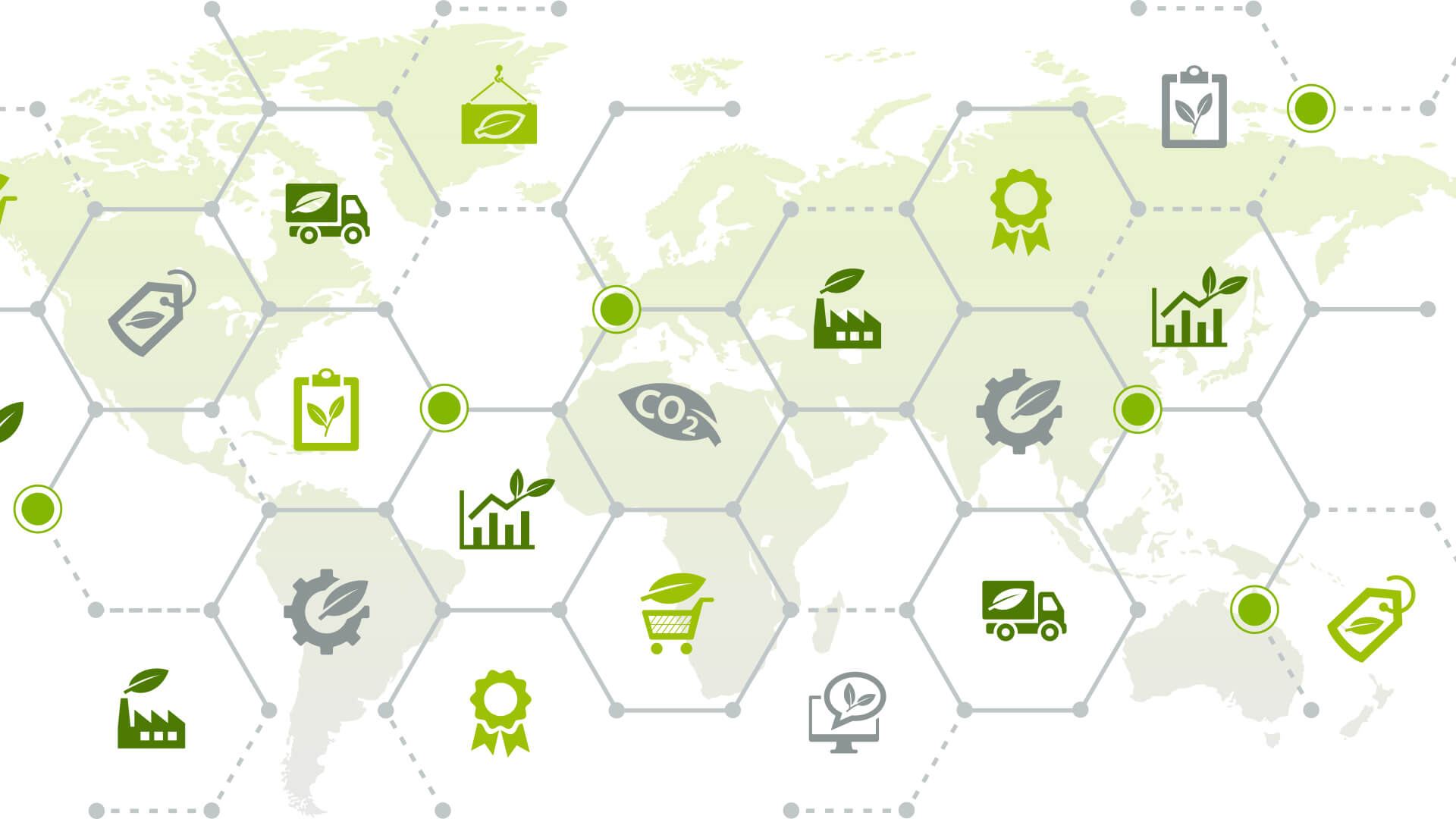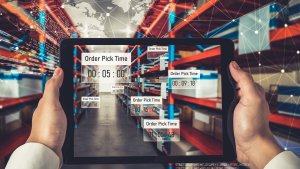Due to growing legislation, and consumer and investor demand for more sustainable practices, eco-awareness has become increasingly important for businesses to adopt in the supply chain. A study from McKinsey shows that supply chains account for more than 80% of a company’s emissions, highlighting the environmental impact of non-sustainable supply chains.
A sustainable supply chain is one that adopts environmental and socially sustainable practices at every stage of production in order to protect both people and the environment. To support organisations to adopt these practices, Jean-Baptiste Clouard, CEO at Flowlity, innovative AI-based supply chain planning and forecasting solution, outlines a clear and practical roadmap to a sustainable supply chain.
Identify gaps and sustainability issues in the supply chain
Supply chains are complex and revamping the entire supply chain overnight is not a feasible option. As such, the first step towards a sustainable supply chain is to review existing strategies and sustainability objectives to identify areas that can be improved. In doing so, some areas may be immediately obvious, but there may be other areas that might not be noticed or considered without breaking down the supply chain into individual elements.
Once this has been established and key areas of focus have been identified, it provides an overview of the areas to tackle and where sustainable processes within the supply chain can be developed.
Update strategies and polices
When these areas of improvement have been identified, building out supply chain strategies with Environmental, Social and Governance (ESG) considerations can help businesses improve transparency and create a circular supply chain. Circular supply chains seek to create a link between the beginning and end processes, either helping to reduce waste or by eliminating it altogether by sending the goods back to the manufacturer to be reused.
Using a supply chain stock optimisation and forecasting solution, supports organisations in implementing ESG strategies. Allowing them to forecast demands and manage inventory replenishment, helping to decrease unnecessary transportation and optimise packaging for greener practices.
Connecting suppliers and stakeholders
With the goal of improving sustainability and a framework of strategies and processes to carry this out, businesses can look to partner with suppliers and stakeholders who share this goal and adhere to social and environmental standards.
While companies cannot have full control over the activities of third parties in the supply chain system as a whole, conversations can start to be had around sustainable practice and action can be encouraged through recognition and rewards. Flowlity’s software comes equipped with a supplier portal that gives businesses and suppliers greater visibility, leading to increased transparency in ethical practices. As a result, the wider supply chain becomes more eco-conscious.
Monitor continuous improvement
Creating a sustainable supply chain is not something that can happen overnight, and it is important to monitor progress and improvement in any changes made. Through assessments and audits of processes, suppliers and stakeholders, organisations can stay on top of practices that are working and reward sustainable efforts to drive performance. Monitoring progress allows companies to have an overview of what is working and this can form the basis of strategy moving forward. In the long run, it can help build a more sustainable and resilient supply chain.
When it comes to sustainability in the supply chain, environmental impacts are not the only aspect businesses should consider – it can also reduce waste and associated costs, as well as allowing companies to create improved partnership opportunities through increased legitimisation of the business.
Developing a supply chain strategy that accounts for excess waste and environmental impact is essential to ensuring a robust supply chain that is equipped to deal with volatility. By understanding a material or product’s full life-cycle, businesses can make informed choices about how to properly use them and reduce costs as a result.






